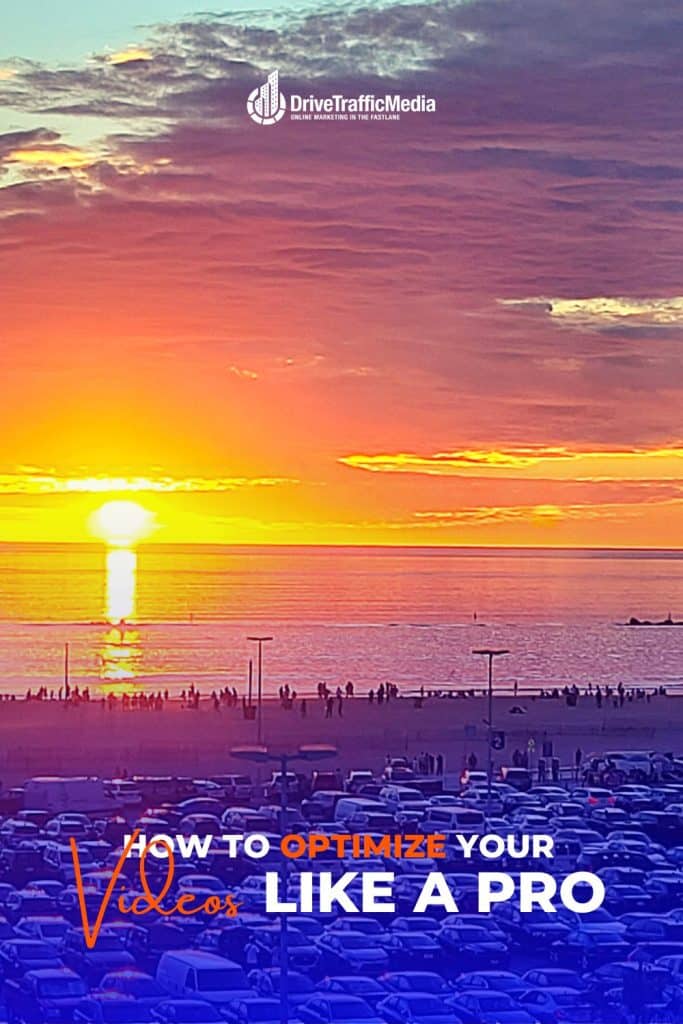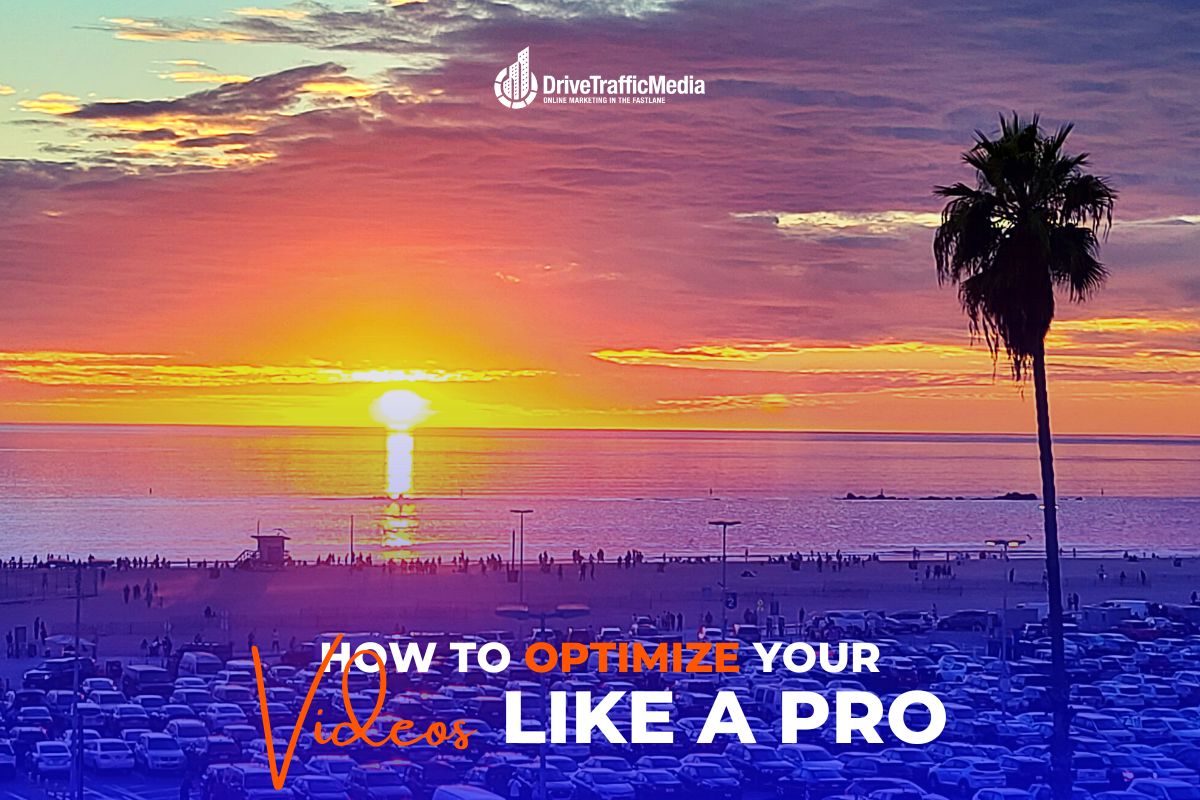Getting views on your videos and gathering subscribers on YouTube can be extremely tricky. So much content is being uploaded every day, and it’s easy to get lost in the midst. You’ll need to find a way to stand out from the crowd and get discovered.
Additionally, with how often YouTube’s algorithms and people’s interests change, creators always have to be on their toes to keep their content fresh and more appealing than other channels. Getting discovered by new viewers is one thing, but turning them into loyal subscribers is another.

This article will teach you the basics of video SEO optimization. Written by a digital marketing company in Los Angeles, we hope that it’ll be helpful for all budding YouTube creators out there.
1. YouTube Searches
YouTube’s search engine functions similarly to Google’s—that is, search results are derived from keywords and phrases. They’ll look more into how your title, description, and video content fit into the searcher’s query and less into which videos are the most popular. So, you’ve got a shot at gaining an audience if you know what keywords to target.
There are several tools you can use for this: Google Trends, which shows you what people are searching for the most on Google; YouTube Trends, which shows you popular videos currently; Keyword Tool for YouTube that’ll help you come up with keywords, descriptions, and hashtags that’ll increase your chances at getting seen.
2. Suggested Videos
Suggested videos are located on the right-hand side of the screen. It’s based on an algorithm and suggests videos the viewer might want to watch next. Because of its convenience, viewers are more likely to click on them and spend more time watching videos.
Suggested videos tend to be other videos on your channel or videos from a similar channel. To capitalize on this, you should encourage your viewers to watch more videos from your channel with playlists, cards, and end screens. You could also collaborate with other channels.
3. Titles and Thumbnails
Like it or not, people do judge books by their covers. In the same way, people judge videos by their titles and thumbnails.
Just remember to avoid clickbait and sensationalism. If you promise something you can’t deliver, it can seriously affect your discoverability on YouTube.
Keep titles short and sweet with a few keywords. For thumbnails, make them easy to read, big or small, colorful and vibrant to catch one’s attention, and descriptive.
4. Descriptions
YouTube descriptions are divided into two—before and after show more.
Source: The Guardian
This is a good example of using YouTube descriptions well. You add relevant keywords before and put them in social media profiles, links to other videos, links to your website, hashtags, and more after. Make sure it’s relevant to your content and unique from your other video descriptions.
5. Homepage
This is the first thing viewers see when they go on YouTube. This page is great for reeling in non-subscribers as it shows trending videos in an area of interest. It’s also great for retention as homepage videos are based on a user’s watch and search history.
Upload high-quality content consistently to keep your viewers engaged. This’ll encourage them to interact with your channel more and keep you on the home page. Also, if you see a pattern that works, feel free to experiment and keep doing it (e.g., uploading more unboxing videos if your viewers tend to like it).
6. Shorts
Shorts are 60 seconds long but are as effective as regular YouTube videos. They also tend to be more discoverable.
Maximize on shorts by essentially treating it like a TikTok: grab your viewer’s attention within the first few seconds, incorporate a trend or a popular song, and be funny.
7. Cards and End Screens
Cards are notifications that pop up on the top-right corner of the video. You can only add five of them, so use them wisely. If you mention your product in the video, add a card with a link to your website. If you have old videos, use cards to direct them to newer content.
Source: Blogilates
End screens, on the other hand, are thumbnails that show up at the end of the video. You can add up to four links here. Make calls to action by having links to another video, encourage viewers to like and subscribe, and promote your website.
Source: QI
8. Likes
Likes are one of the many things YouTube uses as a ranking factor. They send a signal to YouTube that viewers like your content. Encourage your viewers to like, comment, share, and subscribe at the beginning of the video.
9. Explore Feeds
YouTube added the explore feed after viewers complained about stale content. Here, they can step out of their comfort zone and discover videos that are out of their areas of interest.
Look through the feed and see if there are any trends outside of your field gaining interest. Consider using it in your videos to attract new customers. A great example of this is ASMR—what was once a niche has now become massively popular as a marketing strategy.
Source: Lindt Chocolate Canada
10. Uploads and Playlists
Lastly, probably the most important way of being visible on YouTube is uploading a steady stream of content. You want to give your viewers reasons to come back to your channel. If you do this at a set schedule (e.g., every week or every other day), your viewers are more likely to come back as if they were waiting for their favorite TV show.
You should also have some playlists if you can. This lets viewers find the content they like much easier, and also shows off your channel’s variety.




